On April, 26th Q8 – a planning agency focusing on inclusive urban development) organised a forum to discuss transportation issues in the development area of Mitte Altona. The event brought together people with a stake in mobility and mobility planning and the existing community “A centre for all” (Eine Mitte für Alle) [the name plays with the substantive “Mitte”, which both means centre/middle and refers to a specific neighbourhood in Hamburg; editor’s note]. The community is an organised group promoting the interests of the handicapped in the planning processes for Altona. Approximately 20 people attended the event, including community members, local residents, representatives of the planning authorities, of the police department for traffic laws and regulations, of Q8 and of Cities-4-People.
If you are familiar with Hamburg or have the curiosity to look on Google Maps, here are the details: the discussion revolved around the Harkortstraße and the Gerichtsviertel. The Harkortstraße divides the Mitte Altona development and the future Holsten Brewery development area and the grown neighborhood Gerichtsviertel, leading south to Altona train station and north, under the train tracks, to a major arterial road, Stresemannstraße. The plans for the re-design of this street have recently been finished but much concern remains in the community, especially concerning safety for children, elderly, handicapped, and cyclists traveling along or across this street.
The Gerichtsviertel borders Mitte Altona to the east and quite old. It faces several challenges, such as narrow pavements and bicycle paths, illegal parking, poor street and sidewalk maintenance, and many access barriers, especially for handicapped users. As a matter of fact, the neighbourhood is the access point to the Große Bergstraße, a big street home to many businesses, services, doctors and other daily services, as well as the suburban railway station Holstenstraße and Altona train station.
In order to try and find solutions for some of the problems, participants were asked to choose a persona, understand whether this persona is causing an issue or is affected by an issue and discuss on how this could be solved. Among the available personas, there were:
- a delivery guy in great stress
- a night-shift worker trying to find a parking slot
- an elderly person walking back from a supermarket with his/her shopping trolley
A dozen ideas were collected, including the following ones:
- A public advertisement board near the mobility management office in Mitte Altona which allows residents or organisations to advertise, for example, empty parking lots in a building’s underground parking garage
- A programme to encourage the public to send photos of illegally parked commercial vehicles or delivery vehicles to the companies responsible for those vehicles
- An official platform over which the public can report illegally parked vehicles
- Increased development and implementation of hubs for the distribution of packages, either in the form of stand-alone storage units or at local kiosks
- A formal permission programme to allow citizens to trim low-hanging plants in their streets to minimise the visually impaired being hit by hanging branches
- New selection of plants to decorate the public space to avoid thorny or sharp plants which can injury the visually impaired
- Temporary improvement to damaged sidewalks with gravel
- Better lighting of sidewalks, bike paths, and streets so that uneven or rough areas are sufficiently visible even at night
- New sidewalk design and material that is more compatible with tree roots
- More attention to placement and monitoring of bike parking so that neither the bike rack nor the bikes themselves block the sidewalks, including the regular removal of broken and abandoned bikes which are no longer in use and unnecessarily impair the use of the space.










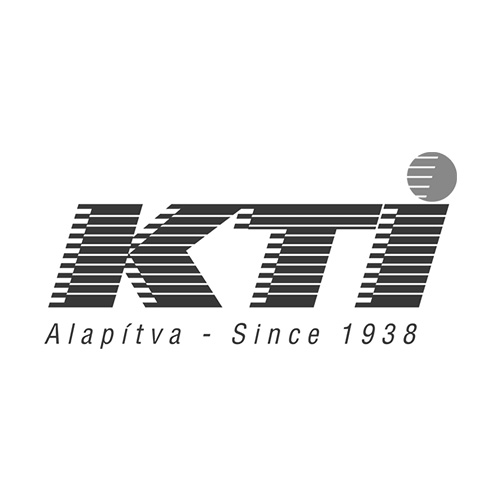
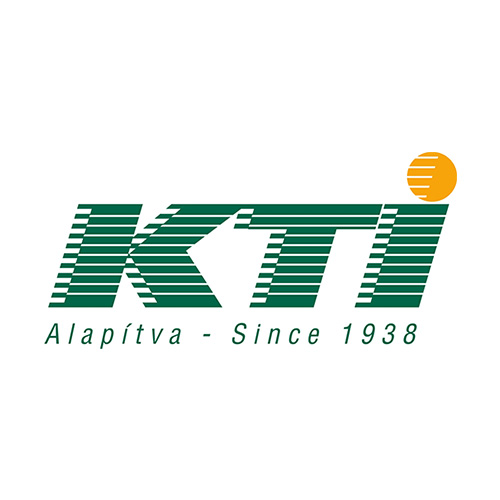
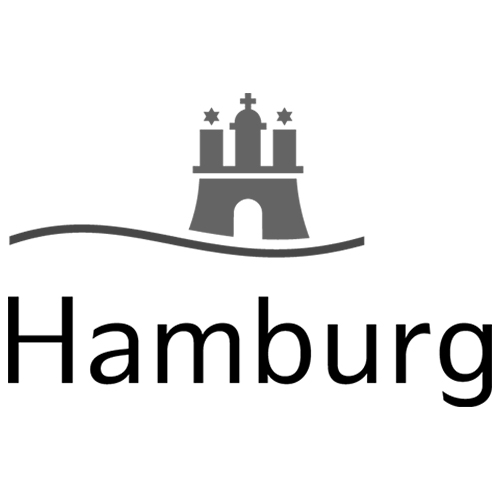
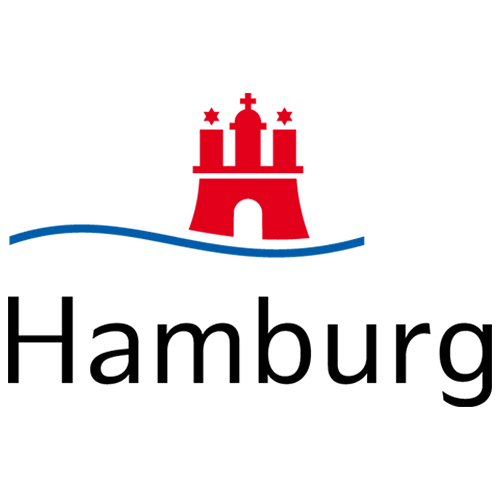
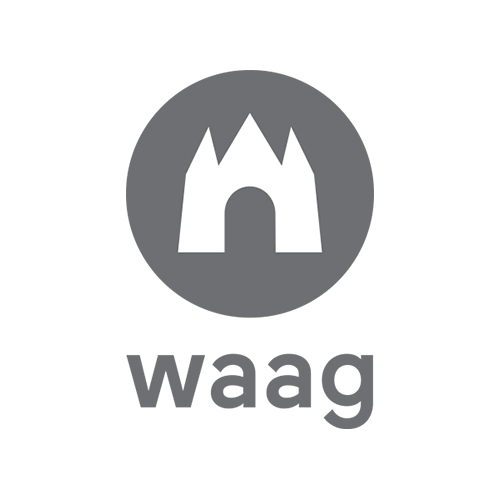

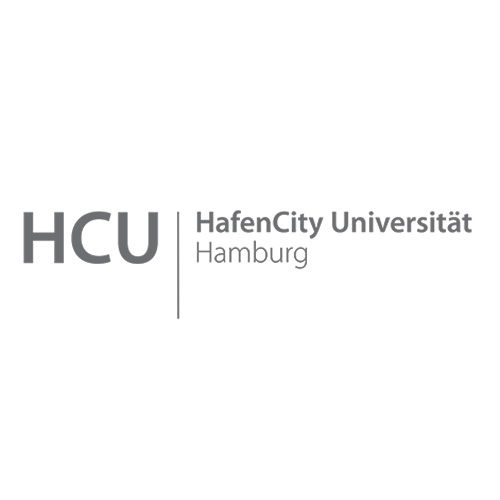
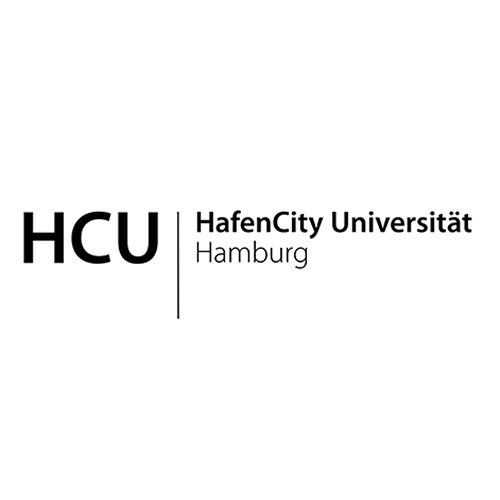










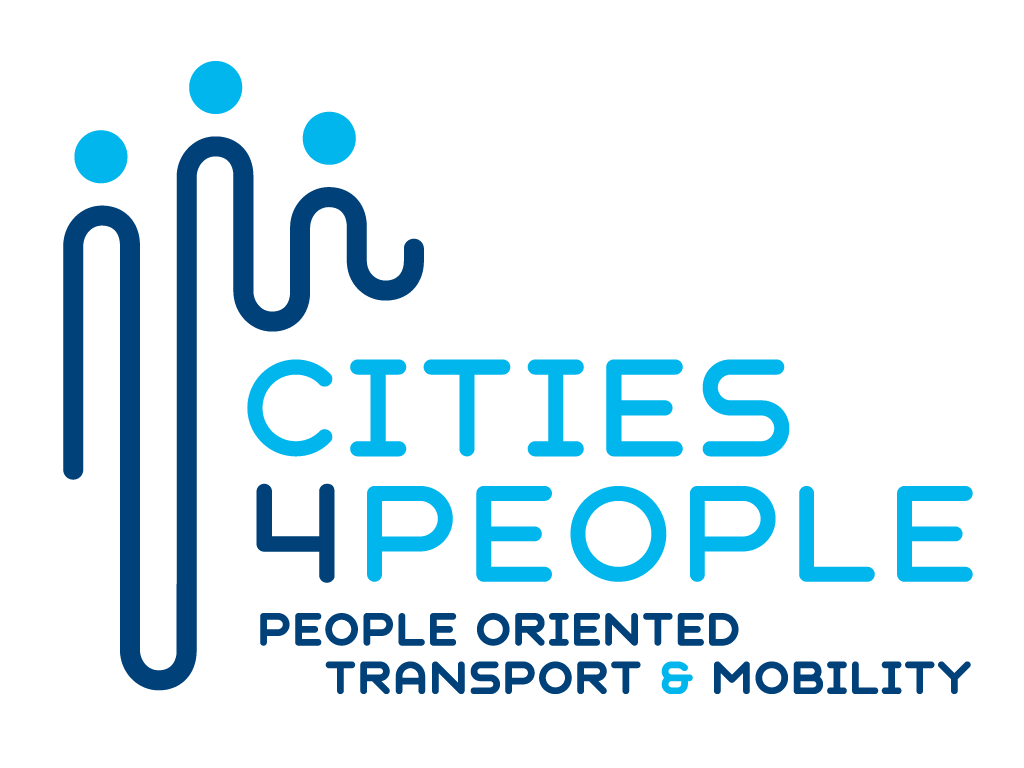
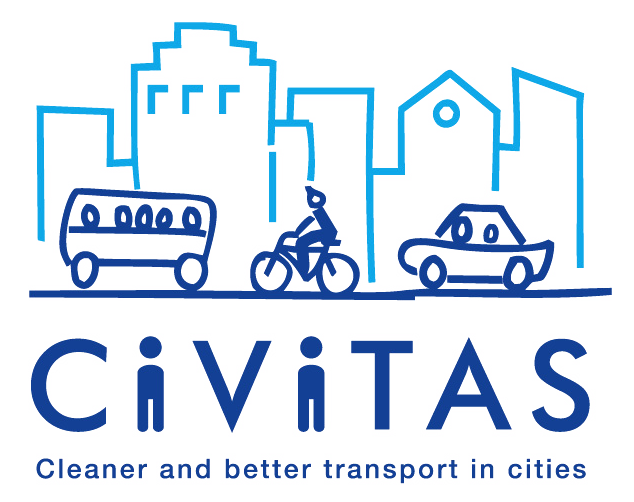


 English
English Magyar
Magyar Ελληνικά
Ελληνικά Deutsch
Deutsch